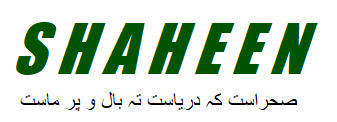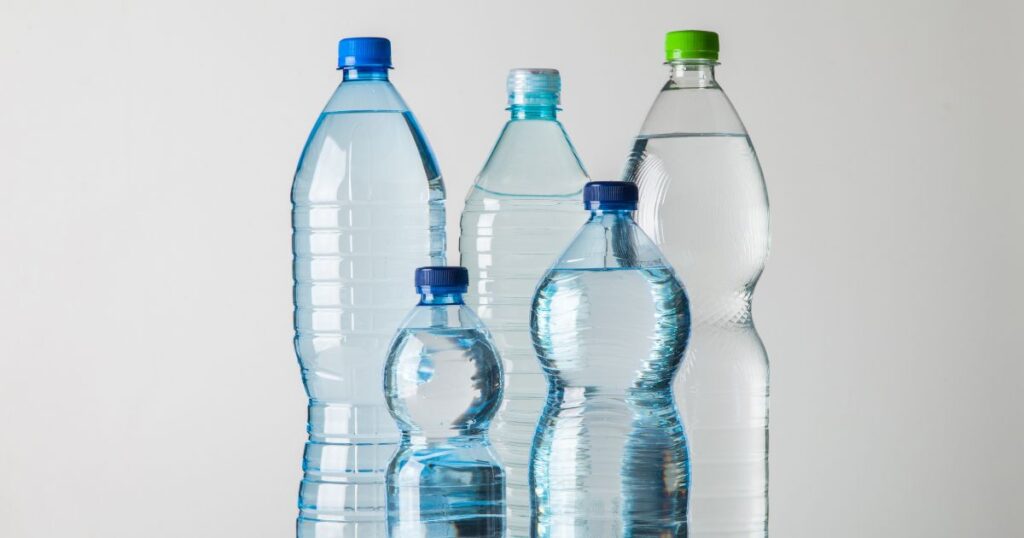The PET Bottles market serves as a cornerstone within the global packaging industry, playing a pivotal role in the storage and distribution of various liquids, from beverages to household products. In the year 2023, the market achieved a substantial milestone, reaching a volume of 16.03 million tons. Projections for the future underscore a robust growth trajectory, with an estimated Compound Annual Growth Rate (CAGR) of 4.1% between 2024 and 2032. Anticipated to reach a volume of 23.02 million tons in 2032, the PET Bottles market reflects the enduring demand for lightweight, durable, and recyclable packaging solutions across diverse sectors.
Historical Evolution:
The history of PET bottles traces back to the mid-20th century when polyethylene terephthalate (PET), a versatile polymer, was first introduced. The lightweight, transparent, and shatter-resistant nature of PET made it an ideal material for packaging applications. Over the years, advancements in manufacturing processes and recycling technologies have propelled PET bottles to the forefront of the packaging industry.
Versatility in Packaging:
PET bottles exhibit unparalleled versatility in packaging, catering to a wide range of industries. Commonly used for bottling water, carbonated beverages, juices, and edible oils, PET bottles have also found applications in the packaging of personal care products, pharmaceuticals, and household cleaning agents. The adaptability of PET as a packaging material aligns with evolving consumer preferences for convenience, safety, and sustainability.
Sustainability and Recyclability:
One of the defining characteristics of PET bottles is their sustainability profile. PET is fully recyclable, and the recycled material, commonly known as rPET, finds extensive use in the manufacturing of new bottles. The emphasis on circular economy principles has led to increased awareness and adoption of recycling programs, contributing to the reduction of environmental impact associated with single-use plastics.
Technological Advancements in PET Manufacturing:
Technological advancements in PET manufacturing have played a crucial role in enhancing the properties of PET bottles. Innovations in stretch blow molding processes, barrier technologies, and material formulations have led to improvements in bottle strength, clarity, and the ability to preserve the freshness and quality of packaged products.
Lightweight Design and Cost Efficiency:
The lightweight design of PET bottles is a key factor contributing to their widespread adoption. The reduced weight compared to alternative packaging materials, such as glass or metal, translates into cost savings in transportation and logistics. PET’s lightweight nature also aligns with consumer preferences for portable and on-the-go packaging solutions.
Global Market Dynamics:
The PET bottles market operates within a global framework influenced by factors such as population growth, urbanization, and consumer lifestyle trends. Regions with high beverage consumption, particularly in the Asia-Pacific and North America, are significant contributors to the demand for PET bottles. The market dynamics are also shaped by regulatory frameworks addressing plastic waste management and initiatives promoting sustainable packaging practices.
Innovations in Bottle Design:
Innovations in PET bottle design have focused on improving functionality, aesthetics, and sustainability. Ergonomic bottle shapes, resealable closures, and user-friendly features cater to consumer preferences. Furthermore, the exploration of alternative materials and bio-based PET contribute to ongoing efforts to reduce the environmental footprint of PET bottles.
Challenges and Considerations:
Despite their widespread use, PET bottles face challenges related to the perception of single-use plastics and concerns about plastic pollution. The industry is actively addressing these challenges through initiatives promoting responsible consumption, recycling infrastructure development, and the development of alternative materials.
Market Segmentation and Industry Players:
The PET bottles market exhibits segmentation based on bottle size, end-use industries, and geographical regions. Leading industry players engage in research and development activities to introduce innovative packaging solutions. The market landscape includes both established packaging manufacturers and emerging players seeking to carve a niche with sustainable and innovative PET bottle offerings.
Regulatory Compliance and Standards:
Regulatory compliance is a critical aspect of the PET bottles market, with standards and regulations governing the use of plastic packaging. Adherence to recycling targets, labeling requirements, and initiatives to reduce single-use plastics contribute to shaping industry practices and driving responsible packaging solutions.
Consumer Awareness and Preferences:
Consumer awareness about environmental issues and plastic waste has influenced purchasing decisions. Brands and manufacturers are increasingly incorporating eco-friendly messaging, recycling information, and sustainable packaging practices into their marketing strategies to align with evolving consumer preferences for environmentally conscious products.
Future Outlook and Sustainable Initiatives:
The future outlook for the PET bottles market revolves around sustainability and circular economy principles. Ongoing research focuses on improving the recyclability of PET, exploring alternative materials, and developing closed-loop recycling systems. Collaborative efforts between industry stakeholders, governments, and non-governmental organizations are expected to drive advancements in sustainable packaging solutions.


